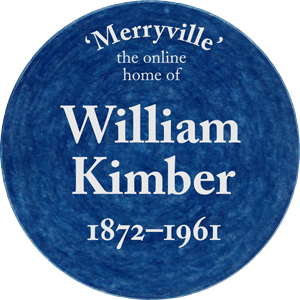


Here are a few of the suggested activities in this topic - please download the full Teacher's Pack for more info, background, discussion topics, and curriculum links.
1) Play Chinese Whispers, to show how something can be changed through passing on orally. Begin with the teacher writing something down, show it to the first pupil, then pass verbally (whispered) around a circle: what does the last person think was written on the paper?
2) Take the first phrase from the Morris tune 'Old Mother Oxford', which uses the first five notes of the C major scale:

Children can learn to play on a keyboard, glockenspiel or similar; with tuned percussion, you may choose to remove the notes not used in the phrase for lower ability groups. Click here to watch a group of children from Windmill School play this tune.
They can then take these five notes and put them in a different order (they can use each note more than once) using the same rhythm: quick – quick – quick – quick – slow – quick – slow – slow – slow. This will create a new phrase of melody.
More able children can create two new phrases, and then play all their phrases together using the pattern [original – variation 1 – variation 2 – original] to create a new piece of music (they could also do this in pairs, with each person making up one phrase). Can they teach their tune to someone else? What changes from the original? What stays the same?
3) Watch the 'Music in the Family Video'. It's around 20 minutes long so you may want to choose some clips in advance. What do you think it was like for Julie growing up with a famous grandfather?
4) Using this website, pick out some important places in the life of William Kimber, and use them to create a map of Kimber landmarks, either drawn or using Google Maps. More able children could design a walk to visit these places, and write out clear directions using compass points, road names, and directional language. Click here for an example made by children in Year 5 at Wood Farm School.
5) The whole class could learn to sing the chorus from “My Pretty Little Blue Eyed Maid”. Isn't it a funny way to say that someone is nice?! Children can re-write their own lyrics in small groups, thinking of the silliest way to describe someone as being nice, and then sing their song to the class. For less able children encourage them to stay within the structure of the song and simply replace 'jam', 'marmalade' etc with another word.
"For it's oh she is, oh yes she is, she's sweeter than ham, and I sir,
Don't you think I - if she were a pie - really could manage to eat her?
For it's oh she is, oh yes she is, she's sweeter than marmalade,
Oh she's nicer than ham and better than jam, my pretty little blue-eyed maid."